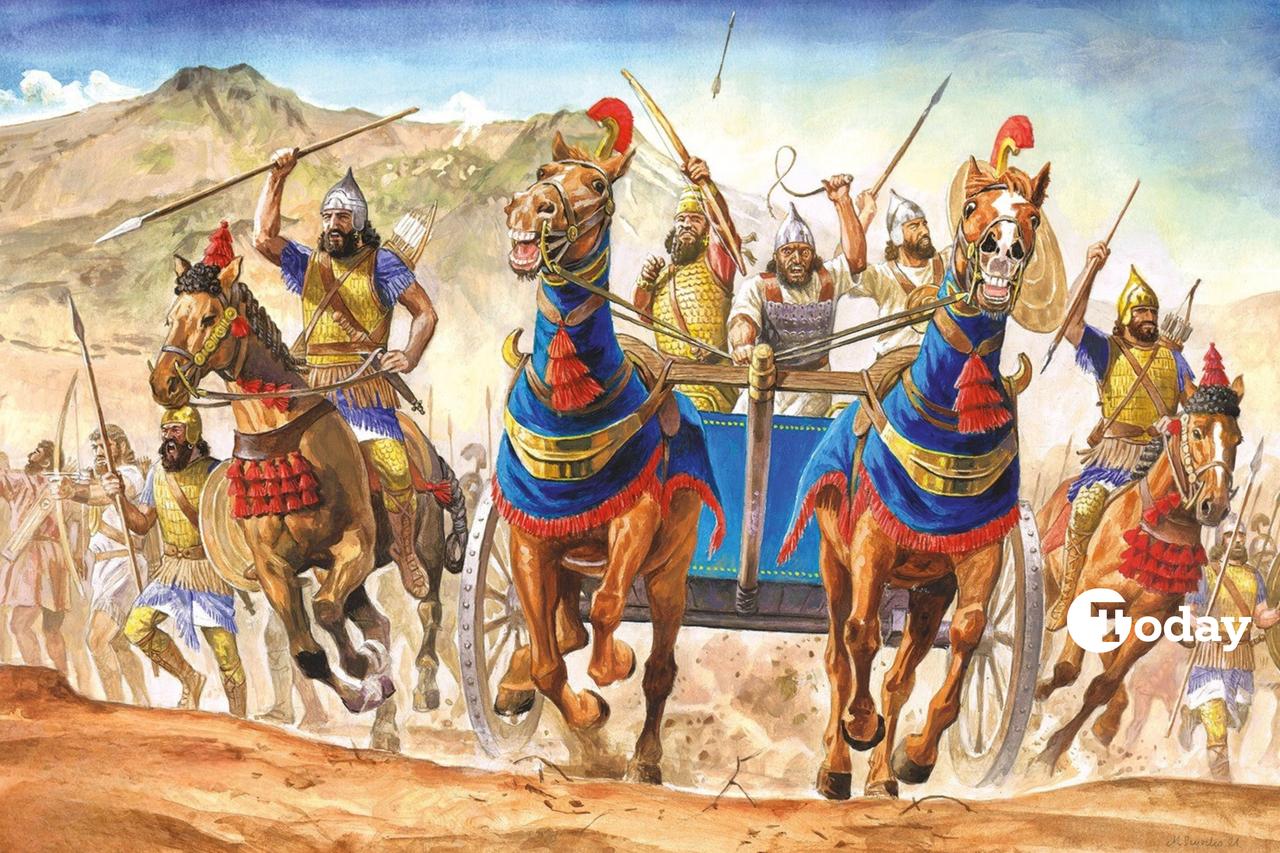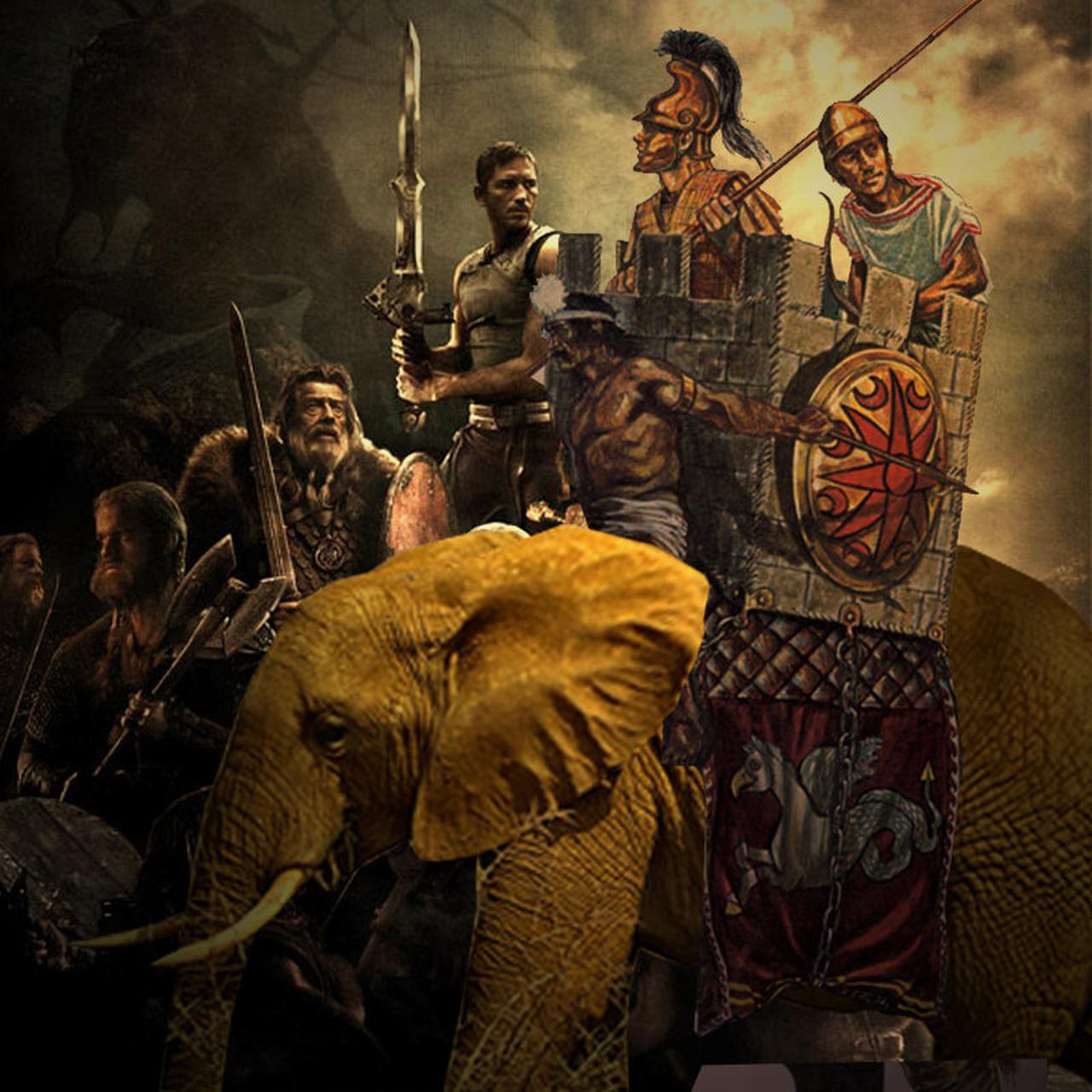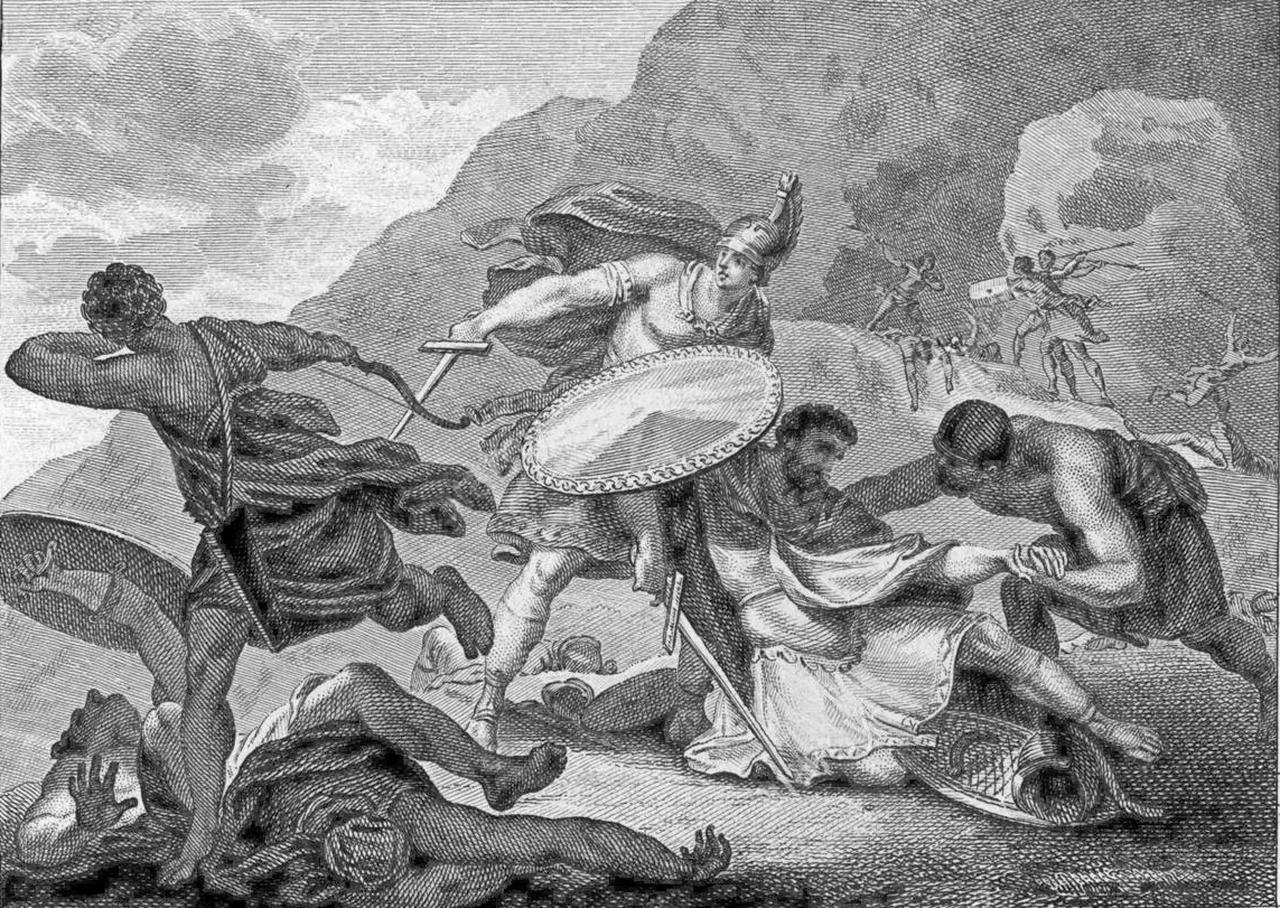
In a groundbreaking comparative analysis, historian Murat Kilic from Erzurum Technical University explores striking similarities between the Assyrian victory at the Battle of Waush and the Carthaginian triumph at the Battle of Ticinus.
Both clashes, though separated by nearly five centuries, demonstrate an advanced understanding of timing, geography, and psychological warfare—hallmarks of what modern strategists might term a "blitzkrieg."
The study, published in Oannes, highlights how Sargon II, king of Assyria, applied a military strategy in 714 B.C. against Urartian forces that mirrors Hannibal’s tactics against Rome in 218 B.C.
The findings aim to reposition Assyrian warfare within the broader framework of ancient military history.
The Battle of Waush, once seen as a routine imperial conquest, is now revealed to be a masterstroke in battlefield maneuver.
Drawing on propaganda-laced royal inscriptions, Kilic examines how Sargon’s calculated strike on Mount Waush shattered Urartian forces before they could fully organize.
Sargon’s decision to avoid a direct attack on Urartu and instead target its vulnerable vassal territories follows the “divide and conquer” model.
His shock assault, likened in the texts to a “furious arrow,” disrupted the Urartian formation and triggered a cascading retreat—a tactic bearing uncanny resemblance to Hannibal’s maneuvers at Ticinus.
By pairing Sargon’s approach with Hannibal’s well-documented cavalry charge at Ticinus, Kilic establishes a new lens through which to view Near Eastern military history.
Both leaders leveraged swift, decisive cavalry strikes to break enemy lines. Both understood the importance of psychological warfare—intimidation, panic, and propaganda.
While Hannibal’s achievements are widely recognized in Western academia, Sargon’s exploits remain underexplored. Kilic argues this is largely due to the Eurocentric nature of military history, and the limited, propagandistic nature of Assyrian sources.
“Assyrian inscriptions often serve royal agendas,” Kilic notes. “But if cross-analyzed with other records, they reveal a sophisticated understanding of warfare, worthy of the same scholarly attention granted to Roman and Carthaginian campaigns.”
Another key similarity lies in the use of vassals and battlefield geography. Both Sargon and Hannibal engaged their enemies on territory distant from their capitals—Sargon in mountainous northwestern Iran, Hannibal on the Po Plain near Pavia.
This indirect approach aimed to fatigue opposing armies through long marches, manipulate local loyalties, and prepare escape routes in case of defeat. Notably, both Rusa of Urartu and Scipio of Rome managed strategic retreats, preserving forces for future battles.

More than battlefield dominance, Sargon’s strategy included psychological blows. The capture of the Urartian religious center Musasir, emphasized more than the victory itself in royal records, struck at the heart of Urartian identity and morale.
Hannibal, too, achieved political gains after Ticinus, winning the support of Celtic tribes disenchanted with Roman rule. Both battles set the stage for broader shifts in regional power.

This comparative study not only bridges two ancient military traditions but also calls into question long-standing historical biases. Assyrian warfare, once relegated to the periphery, now emerges as a central force in the evolution of ancient military doctrine.
As Kilic concludes, “Sargon’s campaign was not merely conquest—it was a demonstration of operational mastery, leadership, and strategic foresight. The parallels with Hannibal are not a coincidence but confirmation of Assyria’s place among the great military civilizations.”